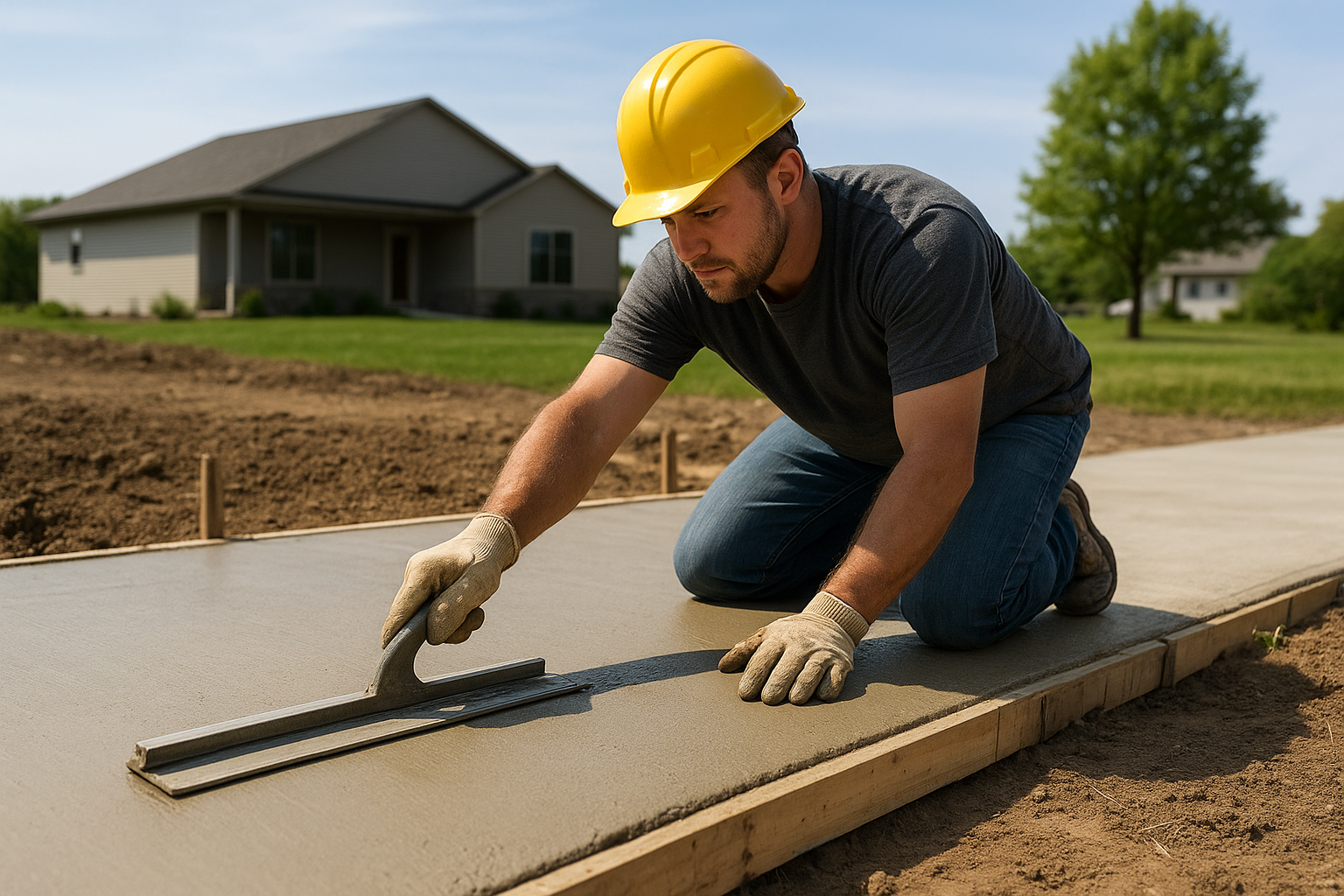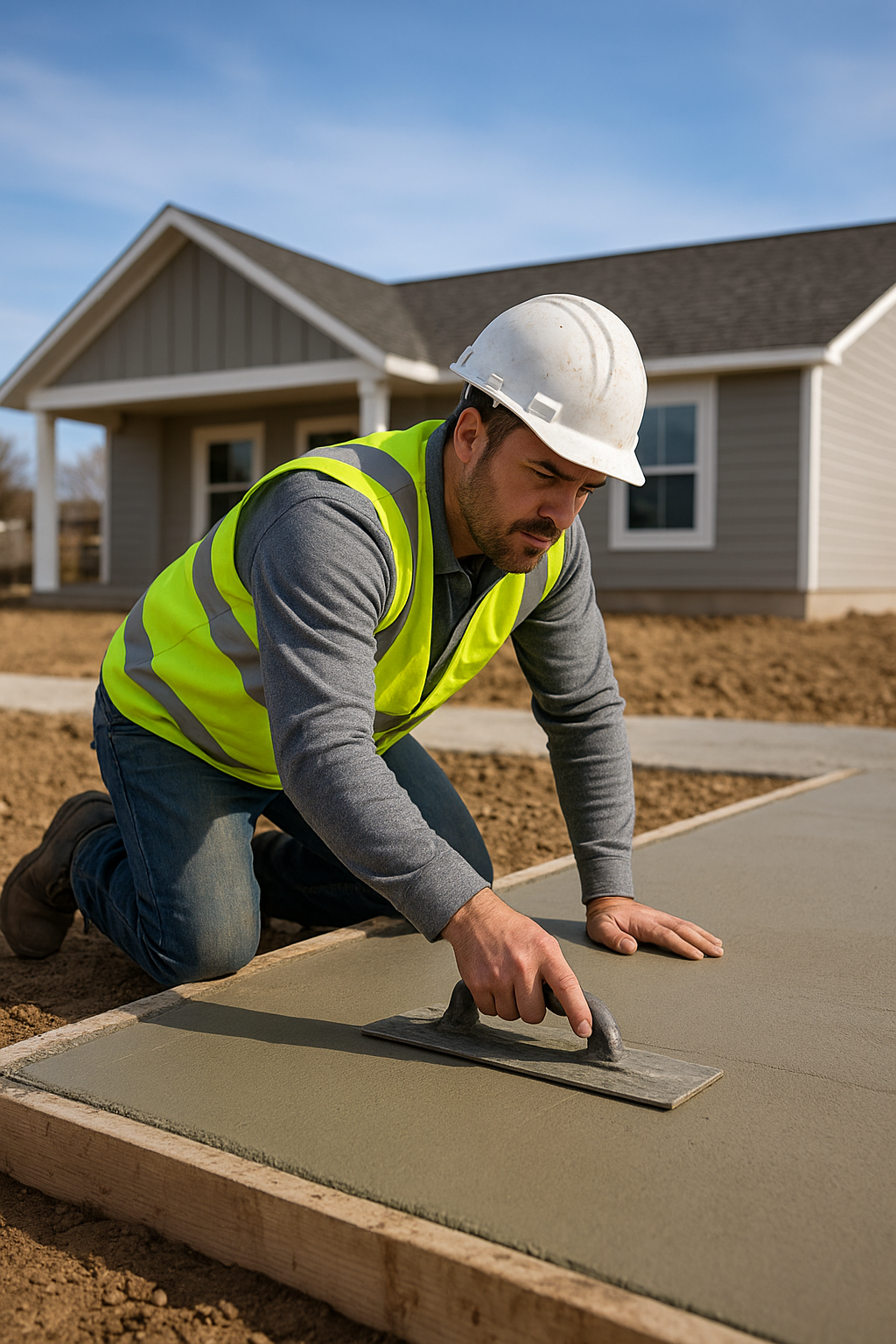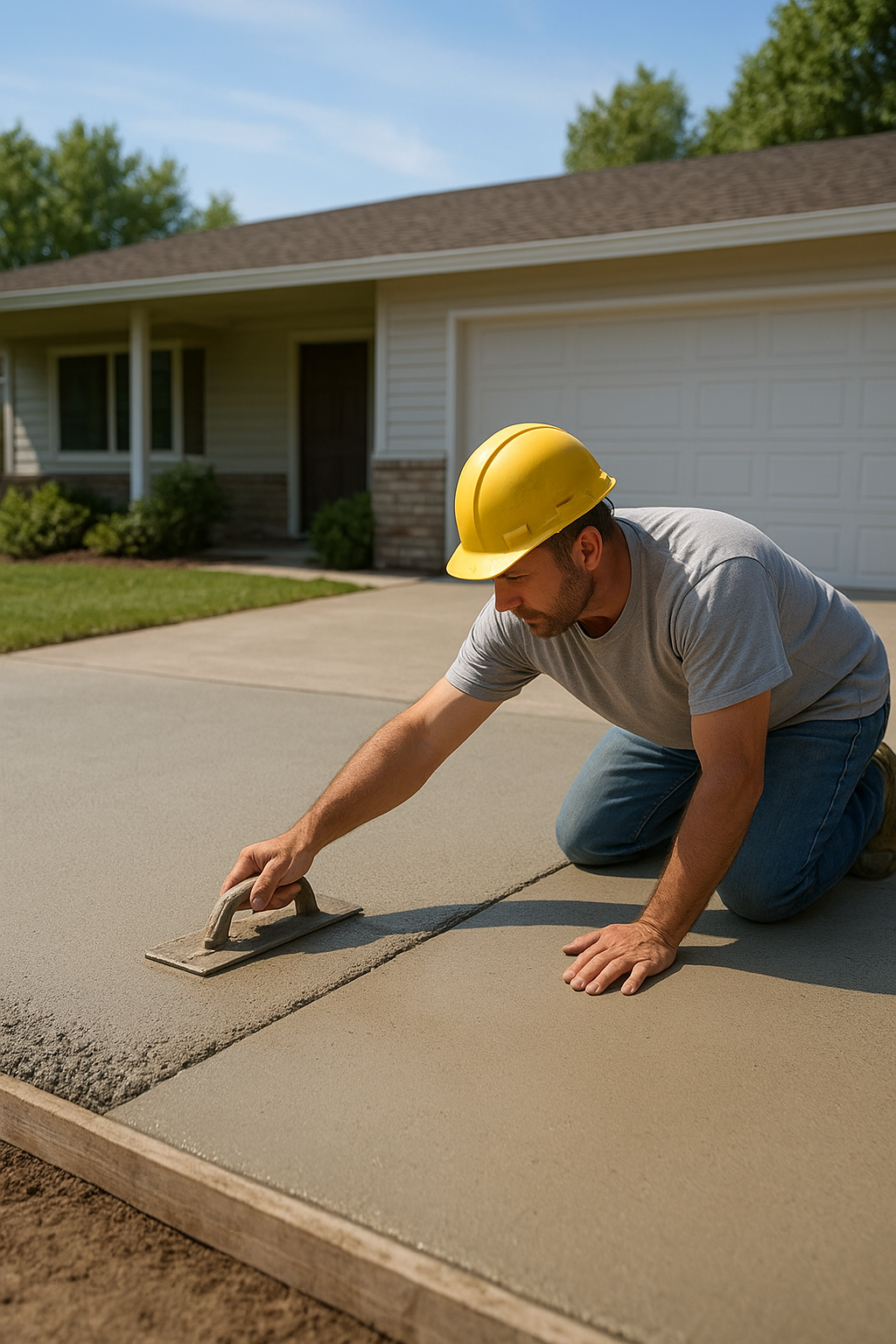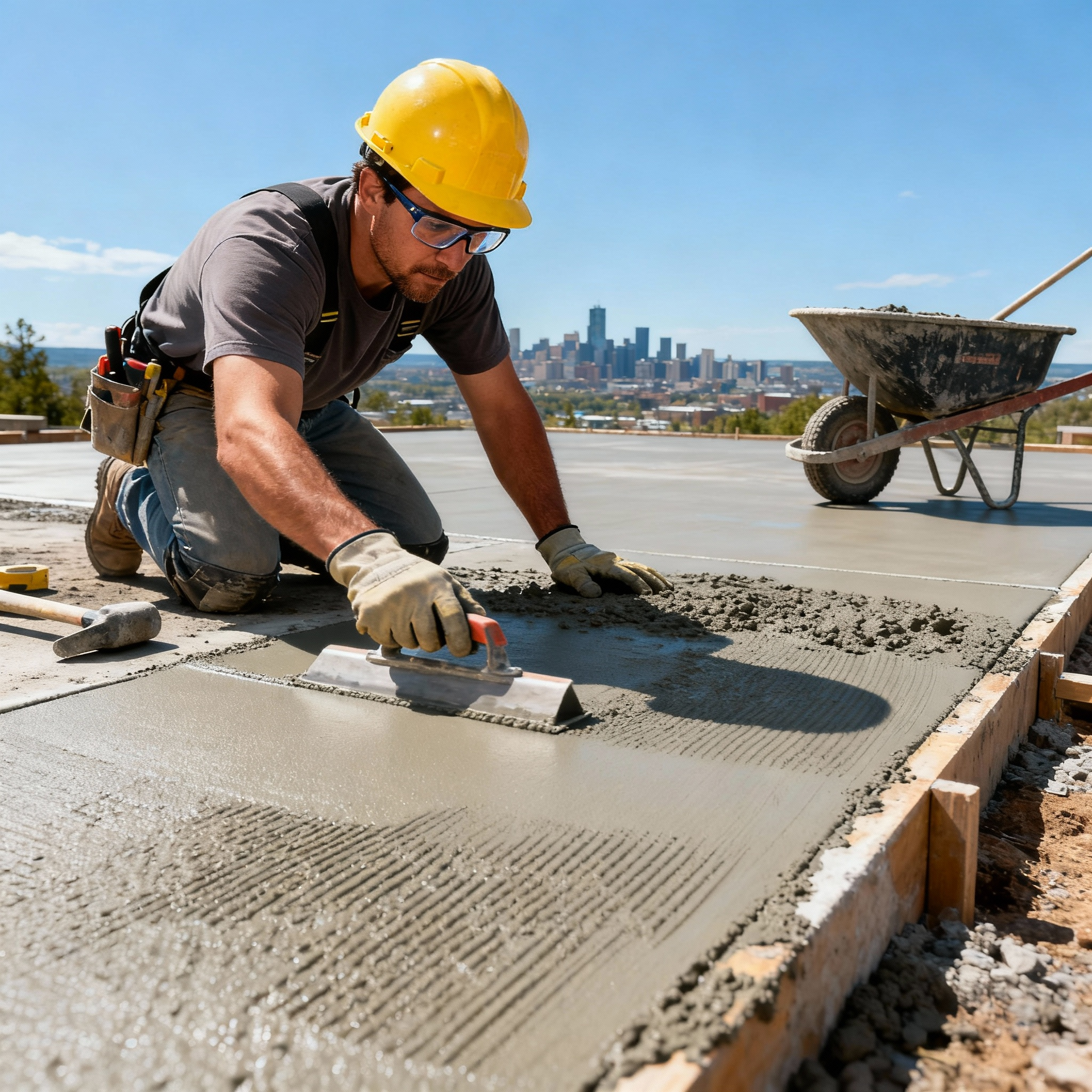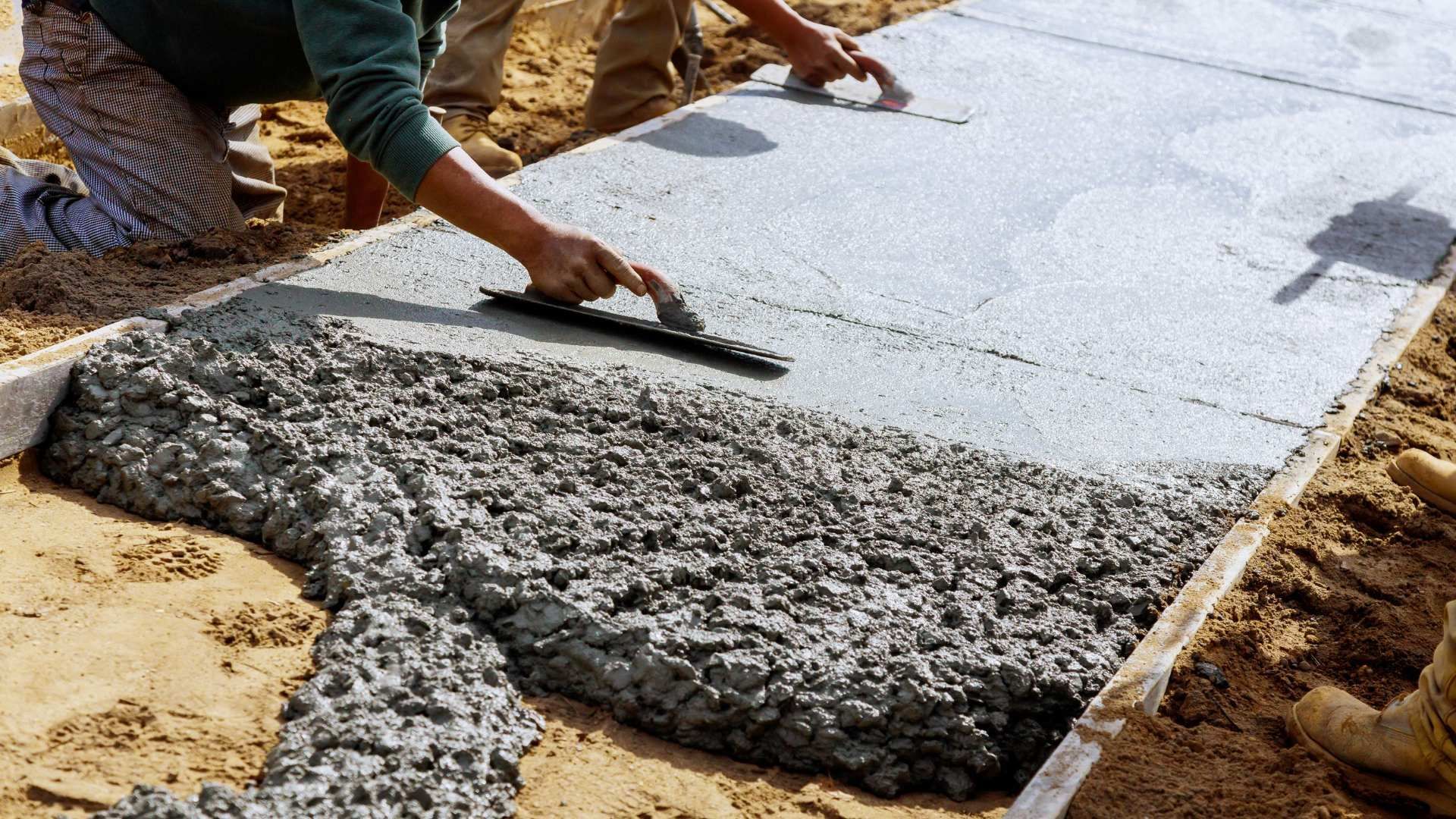A Helena Homeowner’s Guide to Concrete Resurfacing
Helena homeowners face the challenges of Montana’s climate, which can take a toll on driveways, patios, and other concrete surfaces. Cracks, stains, and surface wear are common, but costly replacement isn’t your only option. Concrete resurfacing is a time-tested method to restore durability, safety, and curb appeal, making your property look new while protecting your investment.
What is Concrete Resurfacing?
Concrete resurfacing means applying a thin overlay of polymer-modified cement atop structurally sound concrete. Unlike patch-and-paint fixes, this technique creates a fresh surface that lasts for years, handles Montana’s freeze-thaw cycle, and can be customized with colors or stamps for aesthetics.
Step 1: Assess and Prepare Your Surface
Start by inspecting your concrete. The slab should be structurally sound—major cracks, sinking, or severe spalling may require more serious repair or replacement. Next, sweep debris and use a pressure washer to clean thoroughly. If paint, sealers, mildew, or old stains persist, use a degreaser or concrete wash to prep the area.
For professional assessments and services, visit the local experts at
Step 2: Patch Cracks and Divots
Small cracks, pits, or surface flaws must be filled before resurfacing. Mix a patching compound, fill all damaged areas, and smooth with a trowel to create a level surface. Allow the patches to dry as directed. According to Today’s Homeowner, “Ignoring small cracks means risking premature failure of your overlay.”
Step 3: Mix and Apply the Resurfacer
Pick an overlay suitable for Helena’s climate. Mix batch by batch, following manufacturer instructions closely (a paddle mixer works best). Lightly dampen the slab but remove any standing water. Pour the resurfacer and spread quickly using a squeegee or long-handled trowel. Work in manageable sections—the product often has a 20-minute set time. Use peel-and-stick weatherstripping to protect expansion joints.
Step 4: Finish and Texture
For a driveway or patio, texture the final surface five minutes after application with a broom or brush for slip resistance. For patios or decorative spaces, use stamps or mats for style. Remove weatherstripping after 20 minutes, and avoid foot traffic for at least 6 hours. Full cure requires 24–48 hours.
Stamped or colored overlays are ideal for homes seeking a fresh look without complete replacement. See
Stamped Concrete Service in Helena
Step 5: Seal and Maintain
Once cured, apply a high-quality concrete sealer for added durability, freeze resistance, and stain protection. Routine cleaning and resealing (every 2–3 years) ensures longevity and maintains curb appeal. Professional contractors offer sealing packages and surface restoration.
"Resurfacing not only fixes the look—it dramatically extends the lifespan of your concrete, saving thousands in future repairs." – Helena Concrete Contracto
Homeowners who resurface concrete rather than replacing it can save 40–60% on project costs and typically extend the surface’s life by 10–15 years with proper maintenance.
Frequently Asked Questions
Can I resurface concrete myself or should I hire a pro?
You can tackle small slabs or patios, but larger surfaces or damaged areas require professional tools, experience, and finishing.
What prep is needed for concrete resurfacing?
Clean the area thoroughly, repair cracks, and ensure the slab is sound. Poor prep leads to failed overlays.
How long does the process take?
Most driveways or patios take 6–10 hours including prep, with 24–48 hours to fully cure before use.
Will resurfacing fix structural damage?
No. Deep cracks, sunken slabs, or major damage may need foundation or replacement service. Consult
Ready to restore your concrete in Helena?
Contact
to schedule an assessment, get advice, or book a resurfacing service. For more expert tips, visit their
blog or explore surface options on their services page.
Protect your home, boost its beauty, and enjoy worry-free concrete for years to come.
